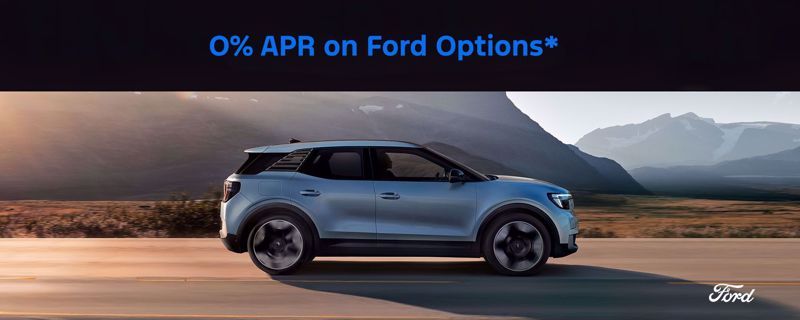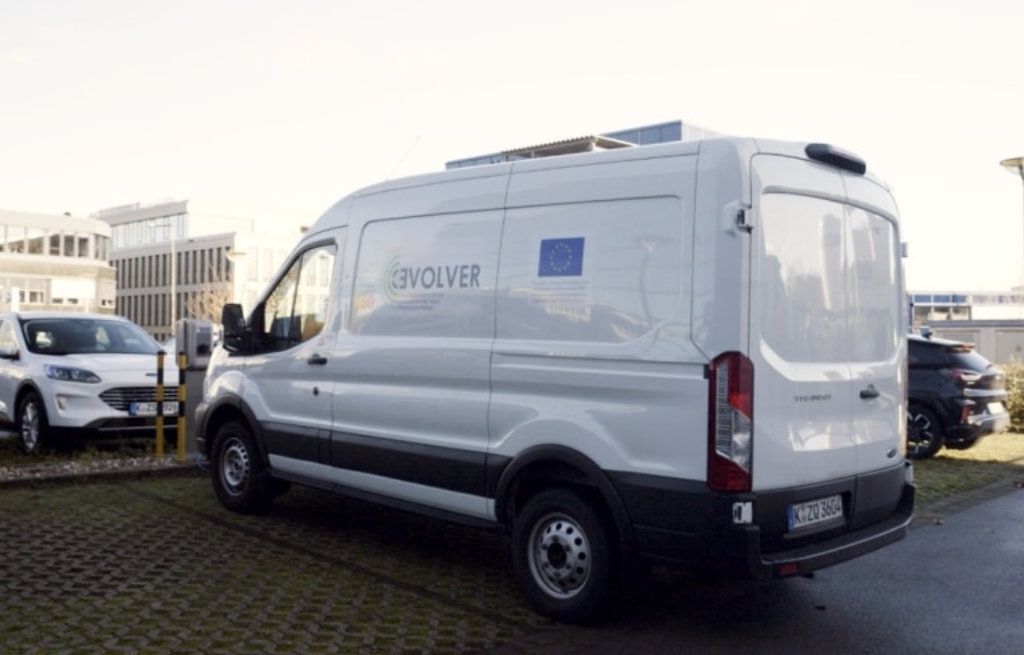Explorer - 261 Promotion


COLOGNE, Germany, Feb. 22, 2023 – What is the most energy-efficient way to stay warm? As the cost of heating our homes rises, it is a question on many people’s minds. Ford engineers were tasked with answering the same question as part of a project to help improve electric vehicle (EV) range.
When it comes to heating electric vehicles, warm air can be blown into the cabin using aircon. Alternatively, surfaces can be heated. These can be surfaces with which occupants come into direct contact, or they could be panels that radiate heat towards the driver and passengers.
Both require battery power, but the engineers discovered that with heating surfaces the energy consumption for cabin heating could be reduced by 13 per cent compared to a standard aircon – and could extend EV range by five per cent for a typical charge. 1 It is a difference that could add up to hundreds of extra kilometres annually.
“We all know that if the doors or windows are opened when it is colder outside, the temperature inside a vehicle drops. This is especially true for delivery vans as drivers make frequent drop‑offs and the heat generated via aircon is lost more quickly, while heated surfaces stay warm,” said Markus Espig, systems engineer, Propulsion Systems Engineering, Ford Research and Innovation Centre Europe. “Reducing energy use not only improves range, it also cuts costs and helps ensure that the way we travel is more sustainable.”
The research was conducted as part of the European Commission’s Connected Electric Vehicle Optimised for Life, Value, Efficiency and Range project (CEVOLVER) project that ran from October 2018 to October 2022. 2 The project was designed to inform how new EVs are built and help create software updates for EVs already on the road. Results from the heat management testing have fed into Ford’s development of future vehicles.
By 2026, Ford in Europe plans to sell 600,000 EVs annually, supporting the global goal of two million-plus annual production of EVs, also by 2026.
How the test worked
Engineers fitted out an all-electric Ford E-Transit with heated armrests, floor mats, door panels, sun visors and a panel below the steering wheel. 3 The test involved parcel deliveries, special goods deliveries and a craftsman’s one–day job 350 km away, on roads in and around Cologne, Germany. The testing took place in winter and summer, on dry and wet roads, and in heavy rain and wind, reflecting Ford’s unparalleled experience of van buyers’ needs.
The research also showed that changes to weather, traffic and road conditions can affect range. Incorporating this data into the range calculator could help to predict range more accurately in real time. For commercial vehicles, this aggregated driving data could be used as a ‘fleet range predictor’, to estimate the energy demand for a specific route.
Further technologies tested by Ford engineers that could offer significant energy-saving and time-saving improvements included:
The CEVOLVER research also follows testing by Ford into how energy consumption can be reduced on EVs, such as by using interior lighting to make the cabin feel cooler or warmer. Advanced energy-saving technology coming on future Ford electric vehicles includes the vapour-injected heat pump on the new all-electric Ford E-Transit Custom. 4
As well as developing future range-boosting technologies, Ford already offers a range of useful features to maximise the efficiency of its current electric vehicles. The Mustang Mach‑E and E‑Transit offer Scheduled Pre-Conditioning to remotely optimise the cabin and battery temperature while still on charge before departure. The vehicle will assess the weather conditions to decide how much power is needed to bring them to temperature before a departure time preset by the owner. Ford estimates that a half-laden E-Transit in an external temperature of 0° Celsius will retain 75 per cent of its range if pre-conditioned, compared to 66 per cent if used without. Ford electric vehicles also offer selectable drive modes 5 to reduce energy demand for increased range, as well as the ability to recapture energy while braking.
1 Based on the parcel delivery use case and the modified test vehicle, as researched by Ford. With conventional heating systems from the aircon activated, the range decreased by around 30 per cent. By using heated surfaces for heating in combination with a reduced aircon heat, the range could be extended by around five per cent, at -7°C ambient temperature.
2 CEVOLVER was funded by the European Commission in the Research and Innovation Action Programme. The €5m project included ten partners from six European countries, with Ford receiving €1.1m towards the research.
3 These vehicle features are being developed for trial purposes only and are currently not available for purchase.
4 Targeted range and charge time based on manufacturer tested values and calculation according to the WLTP drive cycle. Actual range varies with conditions such as external elements, driving behaviours, vehicle maintenance, lithium-ion battery age and state of health.
5 Driver-assist features are supplemental and do not replace the driver’s attention, judgment and need to control the vehicle. It does not replace safe driving. See Owner’s Manual for details and limitations.